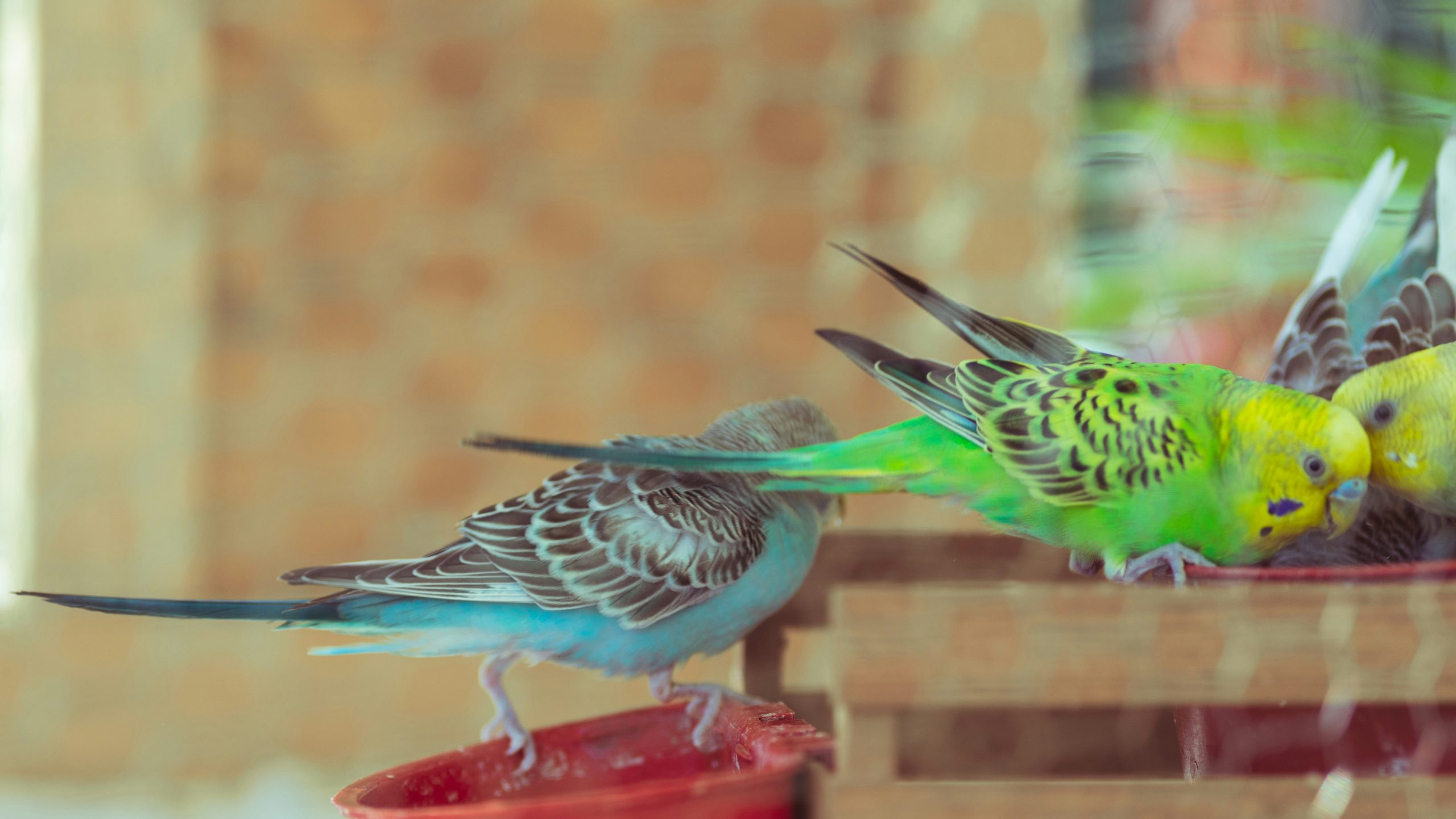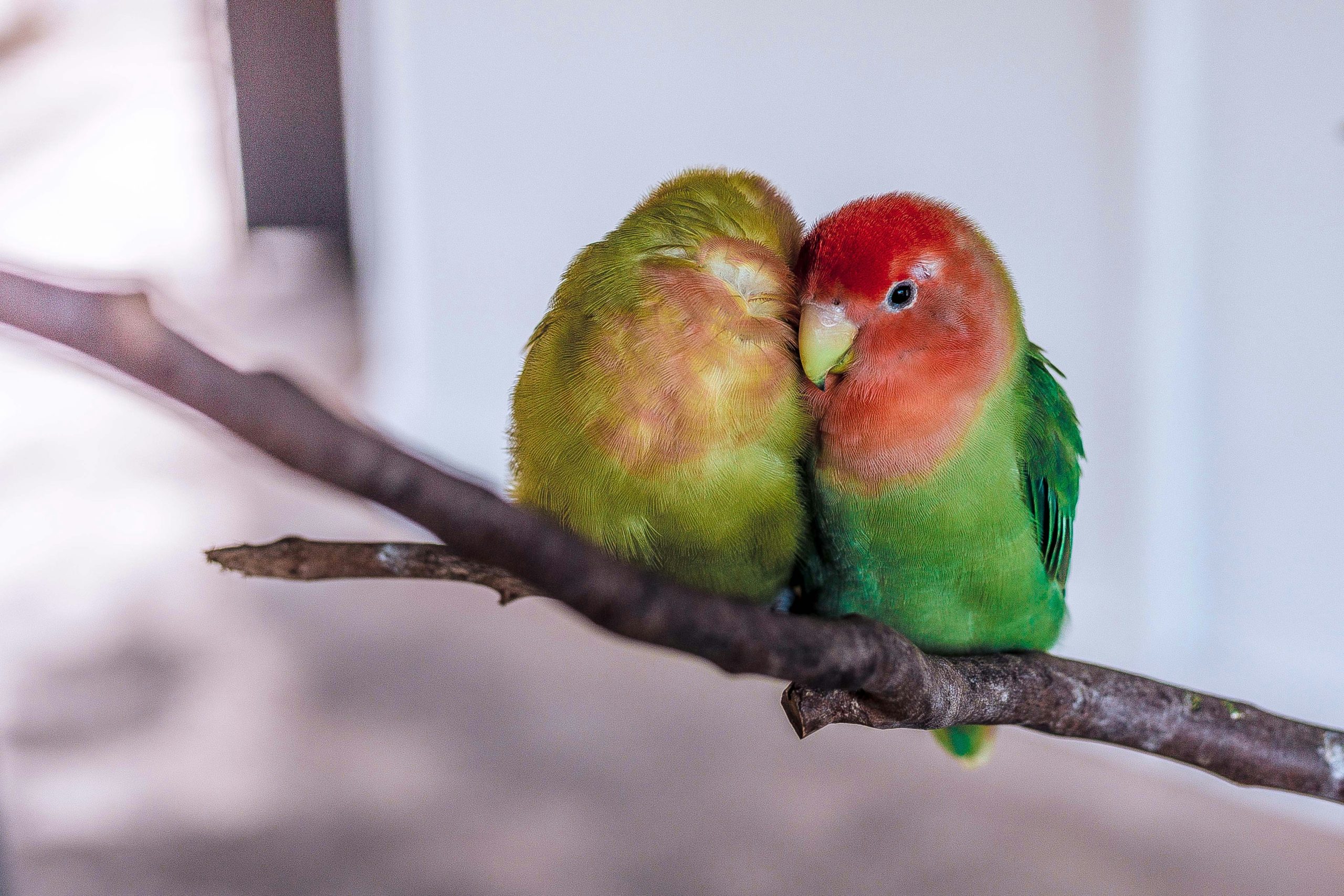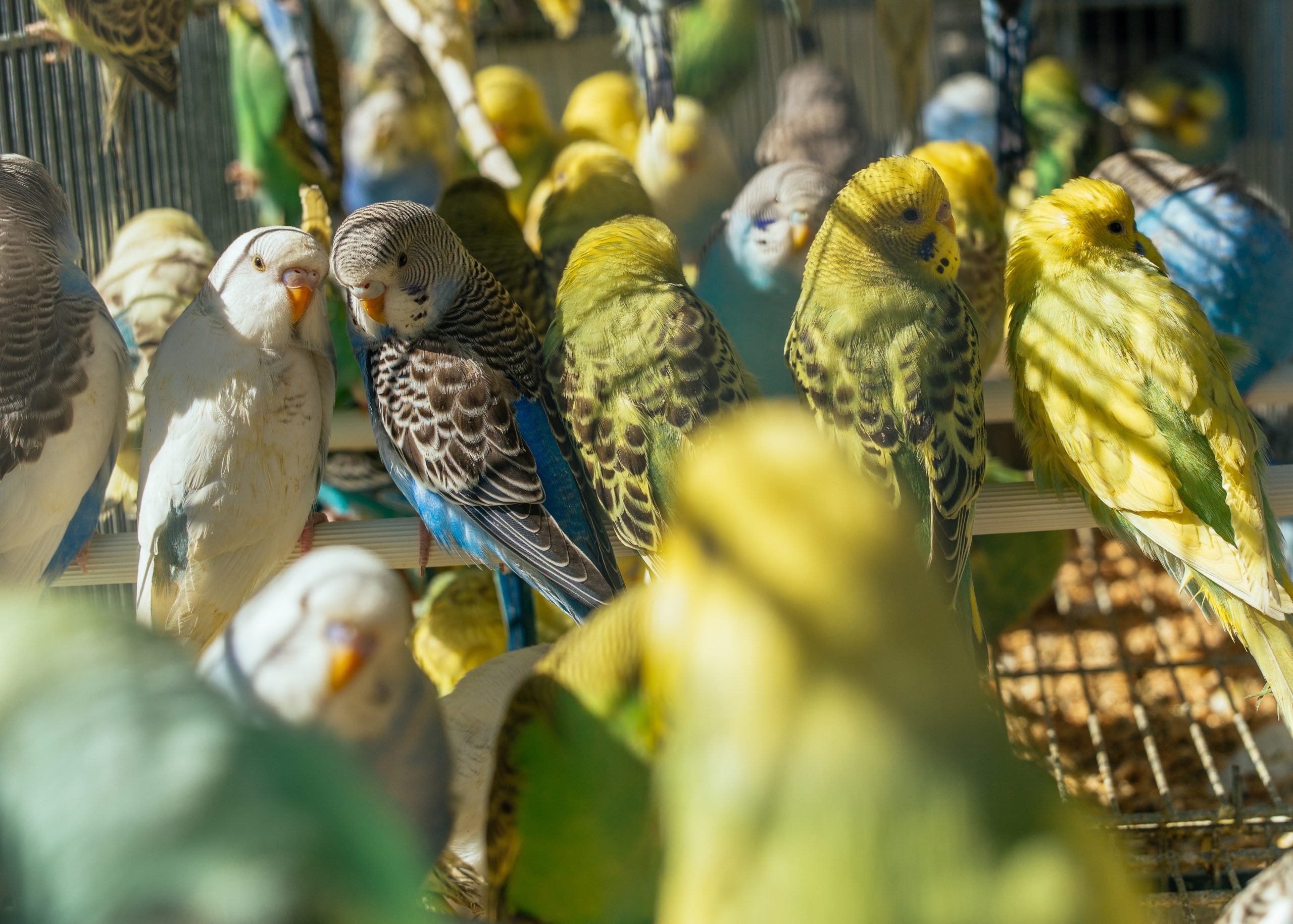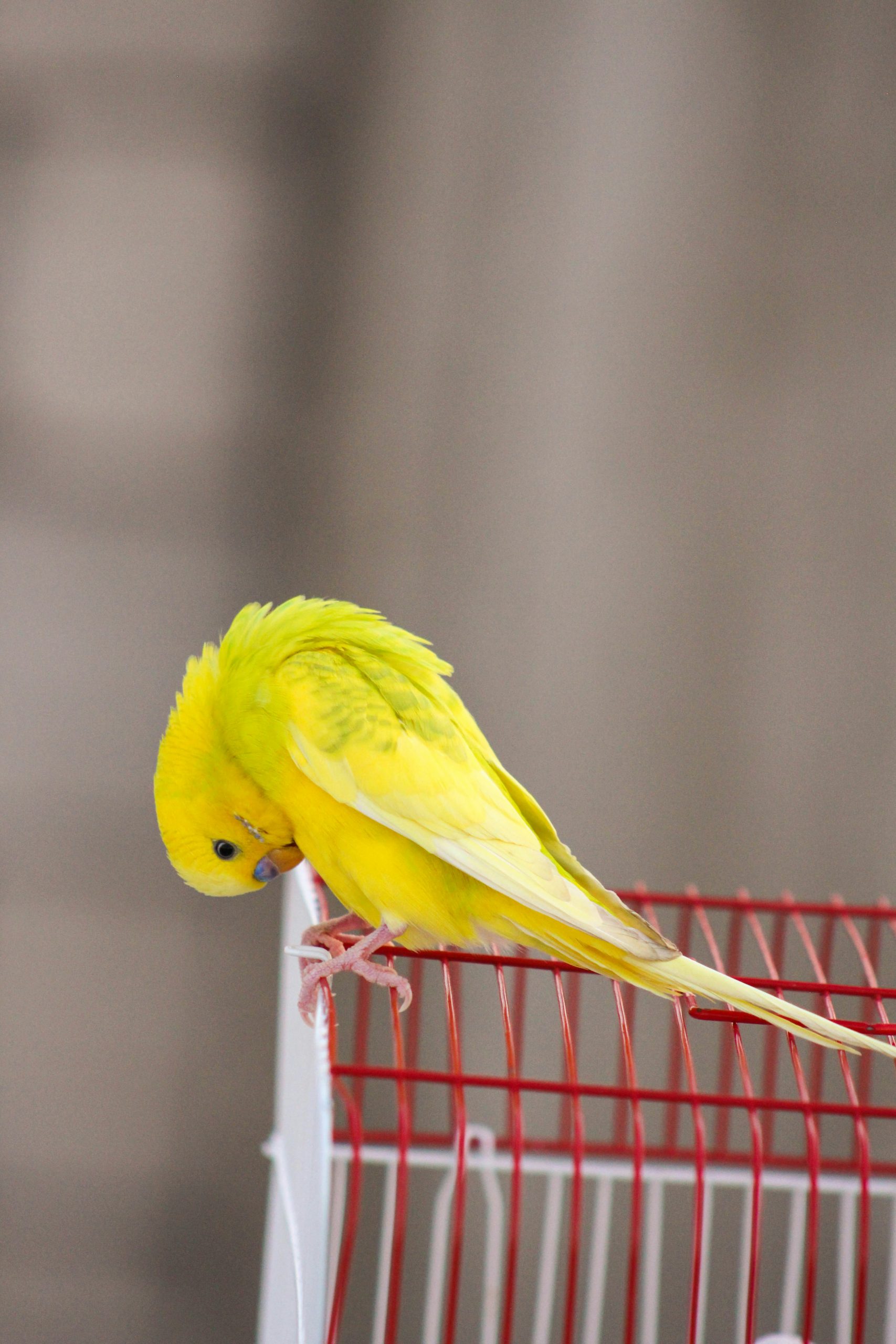Maintain optimal budgie room temperature celsius to ensure their comfort and health. Learn how to regulate temperatures for indoor and outdoor environments.
As pet owners, we strive to provide our feathered friends with the best possible living conditions. For budgies, maintaining an appropriate temperature range is crucial for their health and well-being. While these small parrots are adaptable, extreme temperatures can pose serious risks. In this comprehensive guide, we’ll explore the ideal temperature range for budgies, the effects of heat and cold, and practical tips for managing their environment.
Expert Opinion on Budgie Room Temperature (Celsius)
Dr. Sarah Jackson, Avian Veterinarian:
“Maintaining a stable and appropriate temperature is crucial for a budgie’s health and well-being. Ideally, their environment should stay within a range of 18°C to 24°C (64°F to 75°F). Budgies, originating from Australia, are adapted to warm climates but can tolerate slight fluctuations. However, prolonged exposure to extreme temperatures can be dangerous.”
Expert Tips:
- Avoid sudden temperature changes. Introduce adjustments gradually to prevent stress.
- Monitor the temperature throughout the day, especially during summer and winter.
- Position the cage away from direct sunlight, drafts, and heating/cooling vents.
- Provide hiding spots within the cage for budgies to escape uncomfortable temperatures.
Case Study: Lucy the Budgie’s Temperature Troubles
Background: Lucy, a young budgie, lived in an apartment with her owner, Michael. During the winter, Michael kept the thermostat set low to save on energy bills.
Signs of Distress: One morning, Michael noticed Lucy fluffed up her feathers excessively, seemed lethargic, and wasn’t chirping much. He realized the room temperature had dipped to around 15°C (59°F).
Resolution: Michael immediately turned up the heat to a comfortable 20°C (68°F). He also covered part of the cage with a breathable cloth to create a warmer microclimate. Lucy’s condition improved within a few hours, and she became her usual active self.
Lessons Learned:
- This case highlights the importance of monitoring room temperature and its impact on budgies.
- Even small temperature drops can cause discomfort, especially for young or sick birds.
- Taking quick action to regulate the temperature can prevent health problems.
Additional Considerations:
- Consult an avian veterinarian for specific temperature recommendations based on your budgie’s age and health.
- Invest in a thermometer to keep track of the temperature in your budgie’s living space.
By following expert advice and learning from case studies like Lucy’s, you can ensure your budgie thrives in a comfortable and healthy environment with a consistent temperature range in Celsius.
Budgie Temperature Range
Budgies, also known as parakeets, are native to the warm and dry regions of Australia. As such, they thrive in a specific temperature range that mimics their natural habitat. Here’s an overview of the temperature ranges for budgies:
| Temperature Range | Description |
|---|---|
| Ideal Temperature | 20°C – 25°C (68°F – 77°F) |
| Tolerable Range | 18°C – 28°C (64°F – 82°F) |
| Danger Zone | Below 15°C (59°F) or above 30°C (86°F) |
It’s important to note that budgies can adapt to temperatures slightly outside the ideal range, but prolonged exposure to extreme temperatures can have detrimental effects on their health and well-being.
Ideal Temperature for Budgies
The optimal temperature range for budgies is between 20°C and 25°C (68°F – 77°F). This range mimics the warm, arid conditions of their native habitat and allows them to maintain a comfortable body temperature without expending excessive energy on thermoregulation.
Within this temperature range, budgies can engage in their natural behaviors, such as preening, playing, and socializing, without experiencing stress or discomfort.
Temperature Tolerance of Budgies
While the ideal temperature range is optimal, budgies can tolerate temperatures between 18°C and 28°C (64°F – 82°F) for short periods. However, prolonged exposure to temperatures outside this range can lead to various health issues and should be avoided.
What’s Too Cold or Too Hot for a Budgie?
Understanding the effects of extreme temperatures is crucial for ensuring the well-being of your budgie.
Cold Temperature Effects on Budgies
Budgies are susceptible to cold temperatures due to their small size and high metabolic rate. Exposure to temperatures below 15°C (59°F) can lead to the following problems:
- Hypothermia: Budgies can experience a dangerous drop in body temperature, leading to lethargy, shivering, and increased susceptibility to illness.
- Respiratory Issues: Cold air can irritate a budgie’s respiratory system, increasing the risk of respiratory infections and other respiratory problems.
- Feather Damage: Prolonged exposure to cold temperatures can cause feather deterioration, leading to a dull and unkempt appearance.
- Decreased Appetite: Budgies may eat less in colder temperatures, leading to potential nutrient deficiencies and weight loss.
Signs of Budgies Feeling Too Cold
If your budgie is feeling too cold, you may notice the following signs:
- Puffed-up feathers
- Shivering or trembling
- Lethargy or inactivity
- Decreased appetite
- Huddling or seeking warmth
Heat Tolerance of Budgies
While budgies can tolerate higher temperatures better than cold, prolonged exposure to temperatures above 30°C (86°F) can still be detrimental.
- Heatstroke: Budgies are at risk of heatstroke when temperatures exceed their ability to regulate body heat, leading to potential organ failure and death.
- Dehydration: High temperatures can cause budgies to lose excessive water through panting and increased respiration, leading to dehydration if water intake is insufficient.
- Stress and Discomfort: Extreme heat can cause stress and discomfort, leading to decreased activity, decreased appetite, and potential behavioral issues.
- Respiratory Issues: High temperatures can exacerbate respiratory problems, making it more difficult for budgies to breathe comfortably.
Signs of Budgies Feeling Too Hot
If your budgie is feeling too hot, you may notice the following signs:
- Panting or open-mouthed breathing
- Lethargy or inactivity
- Decreased appetite
- Wing drooping
- Seeking cooler areas or shade
How Do Budgies Regulate Their Body Temperature?
Budgies are experts at regulating their body temperature, but their small size and high metabolic rate make them vulnerable to extreme temperatures. Here’s how budgies regulate their body temperature:
Budgie Heat Regulation Mechanisms
- Panting: Budgies pant to increase evaporative cooling and dissipate excess heat through their respiratory surfaces.
- Feather Adjustments: Budgies can fluff up their feathers to create insulating air pockets for warmth or flatten their feathers to dissipate heat.
- Behavioral Adaptations: Budgies may seek cooler areas or shade to escape heat or huddle together for warmth in colder temperatures.
- Metabolic Adjustments: Budgies can increase or decrease their metabolic rate to generate or conserve body heat as needed.
Humidity Requirements for Budgies
In addition to temperature, humidity levels play a crucial role in budgies’ comfort and well-being. Budgies thrive in low to moderate humidity levels, typically between 30% and 50%.
High humidity can make it difficult for budgies to dissipate heat through panting, leading to overheating and discomfort. On the other hand, low humidity can cause dehydration and respiratory issues.
Air Conditioning and Budgies
In warm climates or during hot summer months, air conditioning can be a valuable tool for maintaining a comfortable temperature for your budgie. However, it’s essential to avoid extreme temperature fluctuations and ensure proper ventilation.
Sudden temperature changes can stress budgies and make it difficult for them to adjust. Additionally, direct drafts from air conditioning units can cause respiratory issues and discomfort.
The Ideal Temperature Range for Budgies
Based on the information provided, the ideal temperature range for budgies is between 20°C and 25°C (68°F – 77°F). This range mimics their natural habitat and allows them to maintain a comfortable body temperature without expending excessive energy on thermoregulation.
However, it’s important to note that individual budgies may have slightly different temperature preferences based on factors such as age, health status, and acclimation.
Risks of Heatstroke in Budgies
Heatstroke is a serious and potentially life-threatening condition that can occur in budgies when exposed to excessive heat. Signs of heatstroke include panting, lethargy, convulsions, and loss of consciousness.
To prevent heatstroke, it’s crucial to provide a cool and well-ventilated environment, access to fresh water, and shade or cooler areas for your budgie to retreat to during hot weather.
Overheating Prevention for Budgies
To prevent overheating in your budgie, consider the following tips:
- Proper Ventilation: Ensure adequate airflow and ventilation in your budgie’s enclosure or aviary. Use fans or air conditioning if necessary.
- Provide Shade: Offer shaded areas or shelters where your budgie can escape direct sunlight or heat sources.
- Misting or Baths: Gently mist or provide shallow baths for your budgie to cool down through evaporative cooling.
- Fresh Water: Always provide access to clean, cool water for your budgie to drink and bathe in.
- Monitor Temperature: Use a reliable thermometer to monitor the temperature in your budgie’s living space and make adjustments as needed.
By maintaining an appropriate temperature range and taking preventive measures, you can ensure your budgie’s comfort and well-being, even during periods of extreme heat.
Conclusion: Budgie Room Temperature Celsius
Maintaining the appropriate temperature range is vital for the health and well-being of your budgie. By understanding their ideal temperature requirements, the effects of extreme heat and cold, and implementing practical strategies for temperature management, you can ensure your feathered friend thrives in a comfortable and safe environment.
Remember, the optimal temperature range for budgies is between 20°C and 25°C (68°F – 77°F). However, individual preferences and tolerance levels may vary, so it’s essential to monitor your budgie’s behavior and adjust accordingly.
Proper ventilation, access to cool water, and the provision of shaded areas or cooling mechanisms are crucial for preventing overheating during hot weather. Conversely, supplemental heating and insulation may be necessary to combat the effects of cold temperatures.
By creating a well-designed and temperature-controlled environment, you can promote your budgie’s overall health, happiness, and longevity. Regular monitoring, prompt adjustments, and seeking veterinary guidance when necessary will help you navigate any temperature-related challenges effectively.
Ultimately, providing a comfortable and stable temperature range is a fundamental aspect of responsible budgie care, ensuring your feathered companion remains content and thriving in your care.
Frequently Asked Questions (FAQs)
H2. Do Budgies Like Hot Rooms?
No, budgies generally do not prefer hot rooms or environments. As mentioned earlier, the ideal temperature range for budgies is between 20°C and 25°C (68°F – 77°F). Prolonged exposure to temperatures above 30°C (86°F) can lead to overheating, dehydration, and potential
Here are some additional sections to continue the article on budgie room temperature:
H3. Can Budgies Sleep in AC?
Yes, budgies can sleep in an air-conditioned room as long as the temperature is within their comfortable range (20°C – 25°C or 68°F – 77°F). However, there are a few precautions to take:
- Avoid direct drafts from the AC unit on the budgie’s cage
- Gradually adjust the temperature if moving the budgie between different temperature zones
- Provide plenty of ventilation and air circulation
- Don’t let the room get too cold overnight below 18°C (64°F)
- Use a thermometer to monitor the temperature fluctuations
Budgies can actually benefit from some cooler nighttime temperatures around 20°C (68°F) for better sleep and mimicking their natural environment.
H3. What Temperature is Too Cold for Budgies?
Temperatures below 15°C (59°F) are considered too cold and potentially dangerous for budgies. Prolonged exposure can lead to:
- Hypothermia
- Feather damage
- Respiratory infections
- Loss of appetite
- Shivering and inability to stay warm
If nighttime temps drop below 15°C, provide supplemental heating for your budgie’s room or cover part of the cage at night to retain heat.
H3. What Room Temperature is Good for Budgies?
The ideal room temperature range for pet budgies is 20°C – 25°C (68°F – 77°F). This mirrors their natural warm habitat and allows them to be active, eat, and sleep comfortably without expending excess energy to stay warm or cool.
H3. Is Cold Bad for Budgies?
Yes, prolonged exposure to cold temperatures below 18°C (64°F) can be very detrimental to a budgie’s health. Their small size and high metabolism makes them much more vulnerable to chilling than larger parrots.
Signs that it’s too cold for your budgie include:
- Puffed feathers
- Shivering
- Huddling for warmth
- Inactivity and lethargy
- Loss of appetite
Provide supplemental heat if temps drop too low in your budgie’s environment.
H3. What is Too Hot for Budgies?
Temperatures above 28°C (82°F) put budgies at risk of overheating and heat stress. Anything over 30°C (86°F) is in the danger zone and can lead to:
- Panting and rapid breathing
- Lethargy
- Dehydration
- Reduced appetite
- Potential heatstroke
Take steps to lower temperatures through AC, fans, shade, and cooler spaces for your budgie to retreat to when it gets too hot.
H3. Is it OK to Keep a Budgie in Your Bedroom?
Yes, it is generally fine to keep a budgie’s cage in your bedroom as long as the temperature, lighting, and noise levels are appropriate. Some benefits include:
- More interaction and socialization time
- Warmth and ambient noise can be comforting
- Easier to monitor temperature at night
However, bedrooms should still have good ventilation, and you’ll need to account for temperature fluctuations from heating/AC through the night. A well-insulated cage can help with drafts.
H3. Can Budgies Survive Heat?
While budgies are hardy little birds, prolonged intense heat and humidity can be life-threatening if they cannot effectively cool themselves through panting and behavioral cooling mechanisms.
Signs of severe heat stress include:
- Panting with open beak
- Lethargy/inability to move
- Glazed eyes
- Convulsions
- Unconsciousness
Provide immediate cooling through AC, frozen water bottles, cool baths if you see these signs. Heatstroke requires urgent vet care.
H3. Do Budgies Get Hot Easily?
Yes, due to their small size, high metabolism, and limited ability to sweat, budgies are very prone to overheating compared to larger birds. Signs they are getting too hot include:
- Panting
- Holding wings out from body
- Lethargy
- Seeking shade/cool surfaces
Take steps to actively cool their environment once you notice these early signs of overheating in your budgie.
H3. How Can I Cool My Budgie?
There are several effective ways to cool down an overheated budgie:
- Turn on AC or fans to increase air circulation
- Provide a cool ceramic or tertile surface to stand on
- Offer a shallow cool water bath or misting
- Freeze water bottles and place them near (not touching) the cage
- Move the cage to a cooler, shadier location
The key is acting quickly before heat stress becomes an emergency. Having a backup cooling plan is wise during hot weather.
H3. Can Budgies Drink Warm Water?
While not ideal, budgies can drink slightly warm water without any issues in the short term. However, prolonged lack of cool, fresh water can contribute to dehydration and difficulty regulating body temperature in hot weather.
Be sure to provide a large, clean water source and change it frequently during warm periods. You can add some ice cubes to help cool the water down between changes.
Allowing your budgie access to refreshing cool water is best for staying properly hydrated in higher temperatures.




